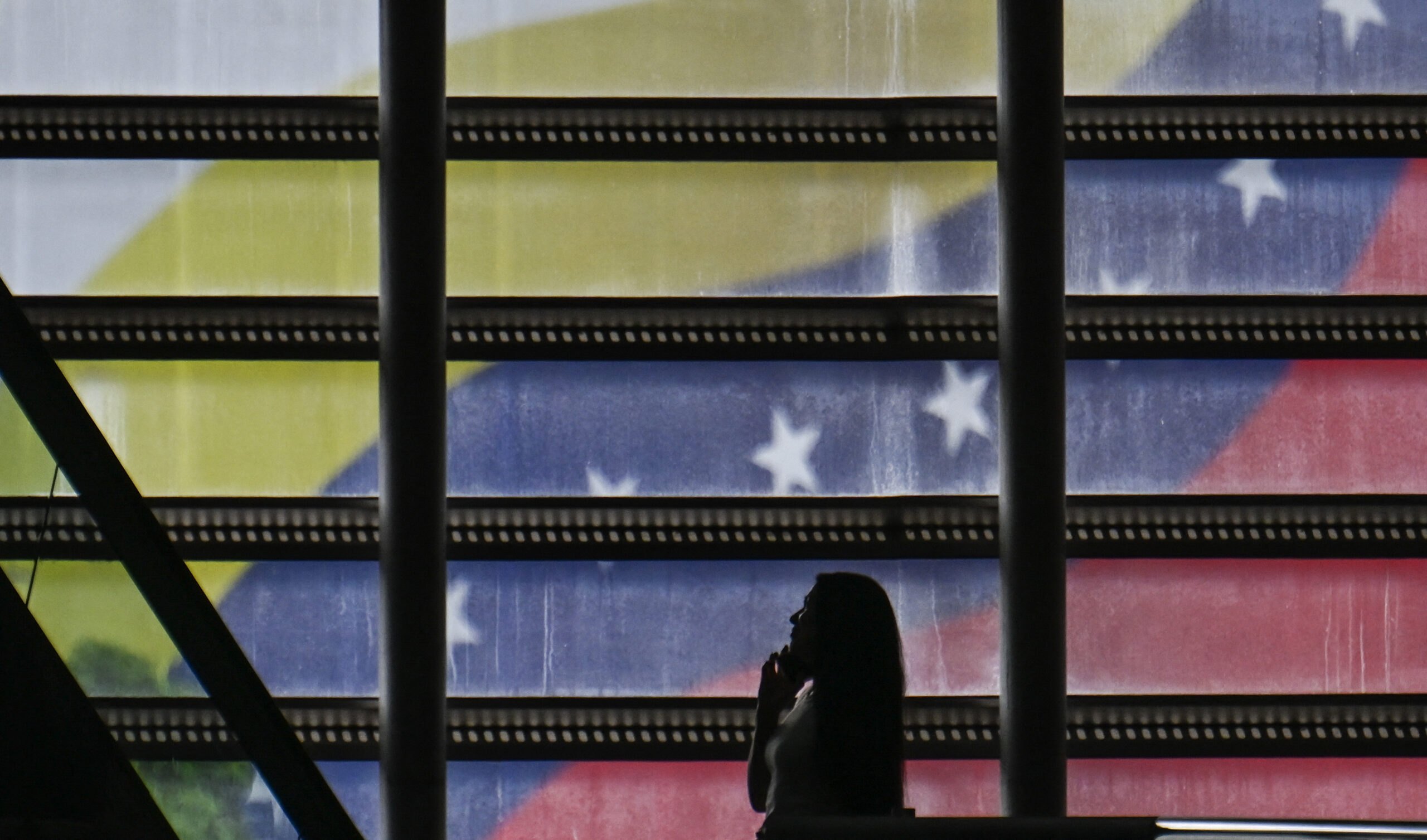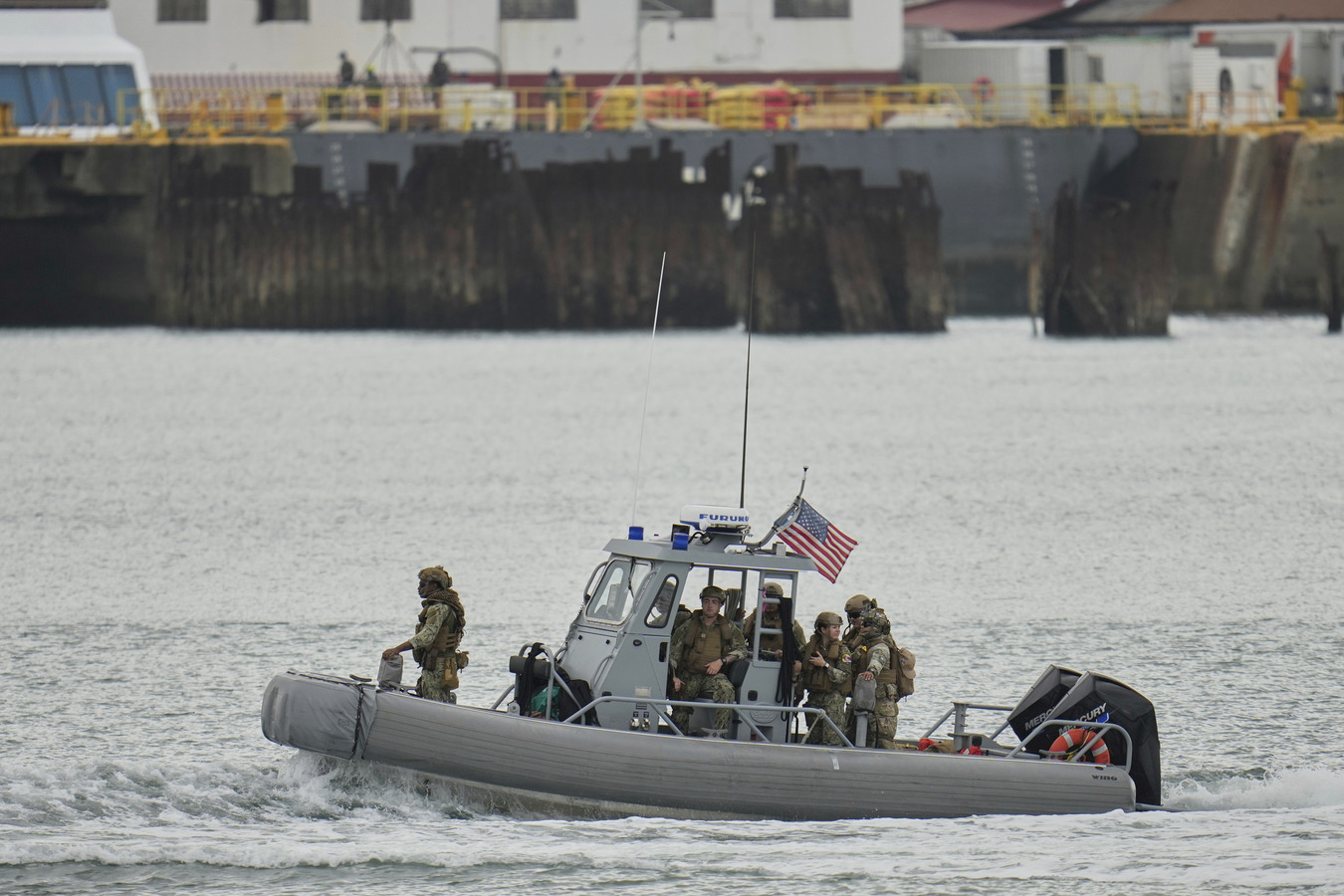Finish the Job by Approving Trade Agreement
Finish the Job by Approving Trade Agreement
In a Miami Herald op-ed, COA's Eric Farnsworth examines the U.S.-Panamanian relationship since 1989. "[T]he United States and Panama have gone from hostility and military action to development spurred by globalization and trade," he writes.
No nation in the Americas highlights better than Panama the historical sweep of U.S. relations with Latin America. From gunboat diplomacy at the birth of the nation to questions of sovereignty, dictatorship, drugs and finally partnership built on commerce, the U.S.-Panama relationship has often been shorthand for U.S. relations with the rest of the region. As the new U.S. administration gets set to take the reins in Washington, relations with Panama may once again prove to be broadly symbolic.
It's been 19 years since most Americans gave any thought to Panama. On Dec. 20, 1989, the still of the early Panamanian morning was shattered by Operation Just Cause, a short but intense U.S. military effort ordered by President George H.W. Bush to remove the Noriega dictatorship from power and to restore democracy to the people of Panama. The incursion achieved its immediate goals, one of which was to get the implementation of the Panama Canal treaties back on track.
The treaties, negotiated and signed for Panama by then-President Omar Torrijos, committed the United States to turn over the canal to Panama and return full sovereignty over the Canal Zone by the year 2000. During the Noriega years, turnover implementation lagged. The United States was understandably reluctant to relinquish to an indicted dictator this crown-jewel of global engineering and commerce—the construction of which was schoolhouse lore. Once democracy was restored to Panama, both governments redoubled their efforts and the orderly, effective turnover of the Canal was achieved on schedule.
That was almost 10 years ago. Today, with a vibrant democracy, Panama's successful stewardship of the canal is widely recognized, and the government of President Martín Torrijos has embarked upon a major new project to build a third, larger set of locks in order to handle increasing cargo loads. This will optimize the canal as an artery of global commerce and directly assist Panama's efforts to take full advantage of its geographic position in the global economy.
At the same time, Panama and the United States have negotiated a free trade agreement (FTA) that awaits approval. The agreement, which would bring Panama in line with other U.S. trading partners in Central America and the Caribbean, was concluded by governments headed on one side by Martín Torrijos, the son of the president who negotiated the U.S. pullout from Panama under the canal treaties, and on the other, by George W. Bush, the son of the U.S. president who ordered troops into Panama to protect the canal.
Symbolism abounds. In one generation—literally—the United States and Panama have gone from hostility and military action to development spurred by globalization and trade. Panama has moved from dictatorship to democracy. The United States has moved from overlord to partner. Panama's dollar-based economy has boomed (although it is being impacted by the global economic slowdown).
Now, the next step in the relationship would be to pass and implement the FTA, which would permanently lock in these gains, assisting Panama's march to development and simultaneously supporting U.S. strategic interests. The rest of the hemisphere is watching closely to see which way we will go, a message delivered by much of the hemisphere when Secretary of State Condoleezza Rice traveled to participate in ministerial meetings earlier this month in—you guessed it—Panama.
Most observers agree that the U.S.-Panama FTA is noncontroversial and that passage is the right thing to do. But time is not unlimited; with the next Summit of the Americas scheduled for April 2009, passage of the agreement beforehand would be an important signal to the region of concrete U.S. engagement. Even more compelling is the fact that Panama's next presidential elections are scheduled for May 3, and Torrijos will leave office when the new president is inaugurated Sept. 1. Elections offer no guarantees, as we've seen across the region, and passage of the agreement would help lock in a mature U.S.-Panama partnership for the long term.
The bottom line is this: if we want positive, mutually-beneficial relations and a new spirit of partnership in the Americas, building an agenda for growth even in a troubled global economy, we have to find ways to press ahead with the trade agenda, including passage of noncontroversial, commercially relevant agreements with friendly nations.
As in the past, Panama is shorthand. In less than 20 years, we have moved from armed conflict to partnership. Now it's time to take the next logical step and finish the job.








